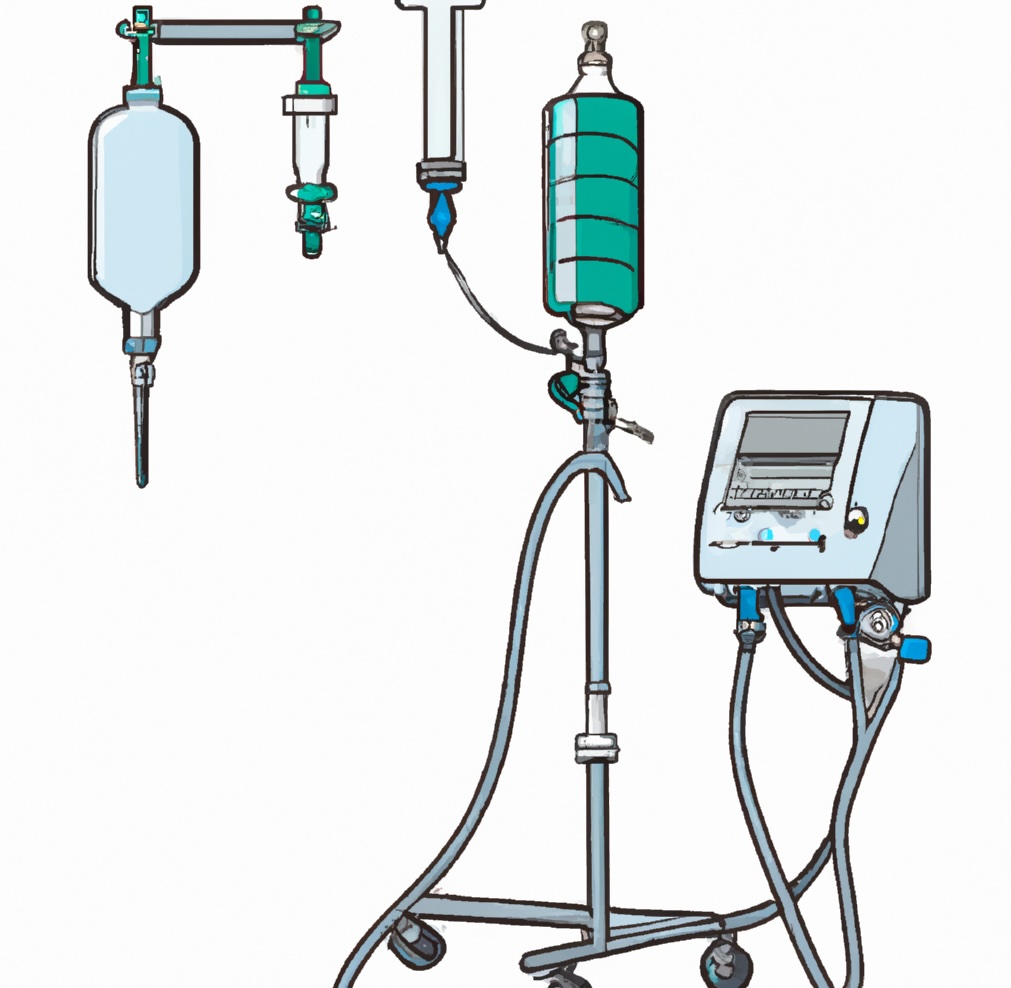Dental Safety
Is Sedation Dentistry Safe? Yes, with the Right Dentist. Here’s What to Know
Sedation dentistry can elevate the patient experience and deliver predictable outcomes, especially for people with anxiety or dental fear (dentophobia), disabilities, and cognitive impairments. Modern dental techniques have transformed the industry. Sedation dentistry, in particular, has heralded new possibilities and treatment options for those who otherwise could not tolerate even simple procedures. Yet with the news of anesthesia-related fatalities, patients wonder: “Is it safe?” It is, and we’ll explain what to know and what to look for when considering sedation dentistry.
Unsafe Practices Happen with Unqualified Practitioners
As Clark Kauffman reported for the Iowa Capital Dispatch, “A second Iowa dentist is facing licensing sanctions related to a January 2024 dental procedure that resulted in the death of a 50-year-old patient.” During its investigation, the state dental board found that the dentist participated in the surgery “with an individual who was not licensed to practice dentistry” and that he did so without having the required permit to use sedation.
People have likely come across similar news stories elsewhere. In 2022, WSOC-TV’s Allison Latos detailed problems with unqualified dentists practicing sedation. “For 32 years, the North Carolina Board of Dental Examiners’ rules have allowed dentists to sedate patients and perform procedures at the same time. There have been eight anesthesia-related deaths –six in the past four years – and now the board is considering changes.”
North Carolina allows a dentist to administer sedation or general anesthesia (after receiving a permit based on verified training) and perform the procedure at the same time. In each of the six cases cited, the dentists were found to be in violation of the rules in place at the time. State regulations governing sedation vary widely.
In her article, Latos referenced a man who needed two teeth extracted. The patient noted in his paperwork, under the question concerning existing health conditions, that he had undergone a heart transplant in 2002.
Records from the North Carolina Board of Dental Examiners state that the doctor failed “to seek a medical consultation or request medical clearance for patient Roman M. and document any clinically sufficient reason(s) or justification(s) before administrating deep sedation or general anesthesia.” The patient’s heart stopped and the doctor was unable to revive him. The North Carolina Board of Dental Examiners revoked the dentist’s license.
Stories such as these stoke an increase in fear over medical and dental procedures. And anesthesia is not without certain risks. In a German academic journal on dentistry, the authors included a bit of interesting history:
“There should be no deaths due to anesthesia [sic] (Sir Robert Macintosh, 1949). These were the poignant words used by the first holder of a chair in anesthesiology in Europe, Sir Robert Macintosh, some 60 years ago, in order to emphasize that administering anesthesia is always dangerous and for this reason should be undertaken only by physicians with specialist qualifications.”
Since Macintosh’s time, the practice of using anesthesia has continued to become safer and more effective, largely because of the introduction of safety standards and improved training. During the 1940s, about 6 people in 10,000 died due to anesthesia-related complications. Today, the mortality rate is incredibly low at about 1 person out of every 200,000 to 300,000.
As the Mayo Clinic assessed, “General anesthesia is overall very safe; most people, even those with significant health conditions, are able to undergo general anesthesia itself without serious problems.”
Understanding Sedation Dentistry Methods
The first step in understanding sedation options is to recognize that not all of these modalities are the same. Put another way, sedation doesn’t always mean you’re going to sleep. Let’s take a look at the primary modalities and how they work in order to magnitude.
Local Anesthesia
Local anesthetics like novocaine or lidocaine numb a specific part of the body to prevent pain during procedures. The dentist numbs only the part of your mouth where you need a filling or extraction. Local anesthesia is always used, even in combination with any other sedation methods.
Nitrous Oxide
Nitrous Oxide is a gas that helps decrease anxiety and allows you to feel more relaxed when inhaled. It’s administered through a small rubber inhaler placed over your nose. The recovery time is very short, and the effects pass within minutes, so you’ll be able to drive yourself home.
Oral Conscious Sedation Dentistry
Oral Conscious Sedation involves taking a pill about an hour before your treatment, which makes you feel relaxed and drowsy. You’ll still remain awake during your treatment so you can interact with and respond to the dentist. The sedative effects can last for up to four hours. The most commonly used medications are Halcion or Valium. For the majority of dental practices that advertise sedation, this is typically the highest level they provide, in combination with nitrous oxide and local anesthetics.
Intravenous Sedation Dentistry
Intravenous Sedation (IV) induces a lower level of consciousness. Sedative and analgesic medications are run through an IV, but patients still have full control of their breathing. IV sedation is fast acting, taking hold within one minute. The flow of solution can be controlled to increase or decrease the level of sedation safely and precisely. For people who have deep phobias of dental work, IV sedation allows them to sleep through the treatment with no discomfort, trauma, or memory of the procedure. It’s predictable, comfortable, and ensures that your dental treatment can be easily completed. The recovery is simple and quick.
General Anesthesia
General Anesthesia produces a state of unconsciousness where patients are completely asleep during their treatment. It is typically performed in a hospital by an anesthesiologist. General anesthesia is fast acting, taking effect within one minute, and can be controlled to increase or decrease the level of sedation safely and precisely. Because this level of sedation is so deep, a tube is also inserted to control the patient’s breathing. For people with special needs—physical or mental disabilities, recovery from an addiction, or complex medical conditions—general anesthesia may be the safest option.
Choosing the Right Sedation Dentistry Practice
Despite what you might think, most dentists can’t offer the full range of sedation services. Patients who require modalities beyond nitrous oxide often find themselves being referred to specialists for oral conscious sedation, IV sedation, and general anesthesia.
When you receive any type of sedation, the medications must be administered by a trained and licensed professional. Only qualified and credentialed individuals can monitor the sedation level achieved, vital signs, and adverse effects while being equipped to handle any emergencies that arise.
Some general dentists have qualification permits to administer IV sedation. In that case, you’ll need to determine your comfort level for having the dentist monitor the results of your sedation while working on delicate tooth structures.
A dentist anesthesiologist (DA) provides advanced anesthesia and pain management services for dental and oral surgical procedures. Some dentist anesthesiologists also attend medical surgeries. Post-doctoral specialty programs that train dentist anesthesiologists are rooted in medical anesthesia residencies, with DA residents closely and in some instances identically following the medical anesthesia residency training as their physician cohorts. These doctors bring a heightened level of experience and qualifications to sedation-based treatments. But even then, that’s not always enough to ensure safety and predictable outcomes across all sedation modalities.
At Blende Dental Group, we recommend that patients look for practices that have developed a multidisciplinary approach to managing the complexities of treating patients with diverse needs, staffed by physician anesthesiologists, medical doctors, and leading dental specialists who deliver care in office or at local hospitals. Unlike dentist anesthesiologists, physician anesthesiologists are medical doctors just like your primary care physician and surgeon. They specialize in anesthesia care, pain management, and critical care medicine, and have the necessary knowledge to understand and treat the entire human body. When an anesthesiologist is present, he or she is dedicated solely to monitoring your wellbeing as the dentist works.
As we learned from the cases in Iowa and North Carolina, these best practices weren’t being followed. The dentist administered the general anesthesia and performed the procedure. At Blende Dental Group, every patient is attended and treated by a physician anesthesiologist (in office or at the hospital), who remains present during the entire procedure to focus exclusively on monitoring the patient and the sedation. The dentist performs the procedure separately. Our commitment to this level of quality and care has ensured that every patient we’ve treated has had a safe, effective, and comfortable procedure with minimal risk.
Consult with Your Dentist
People should approach their selection of a dentist with the same diligence they use to hunt down a good car mechanic. No one would want an unqualified, uncertified, untrained, and unskilled grease monkey messing around with an expensive piece of machinery. Consider your body a very high-performance vehicle that requires precision, experience, and expert care. Also like a good mechanic, you want a dentist who can evaluate your condition and your needs to deliver an honest recommendation for treatment.
After speaking with your dentist, you may realize that you don’t need general anesthesia. Oral conscious sedation might be the best option for you. Conversely, you may discover that general anesthesia will offer the best outcome. But beyond that, you also need to verify that the dentist has the qualifications and training to safely administer the sedation.
Sedation modalities represent a breakthrough in dentistry. Patients with special needs, phobias, developmental or cognitive challenges, and physical limitations can receive the care they need without discomfort. For patients and dentists alike, sedation options open up new treatment approaches to those who would otherwise struggle to access oral health care. However, with hundreds of practices currently advertising sedation and sleep options, people need more insight to make informed decisions.
At Blende Dental Group, we’re a team of medical dentists with over 40 years of experience in all sedation modalities. Our doctors have hospital privileges and rely on MD anesthesiologists to provide the safest treatment outcomes available. We are leading specialists in sedation dentistry. To learn more, check out our comprehensive sedation services and our highly qualified team. Then, schedule a consultation today or, if you’re a returning patient, book an appointment.
Let's brighten
that smile
The when and where are up to you.







